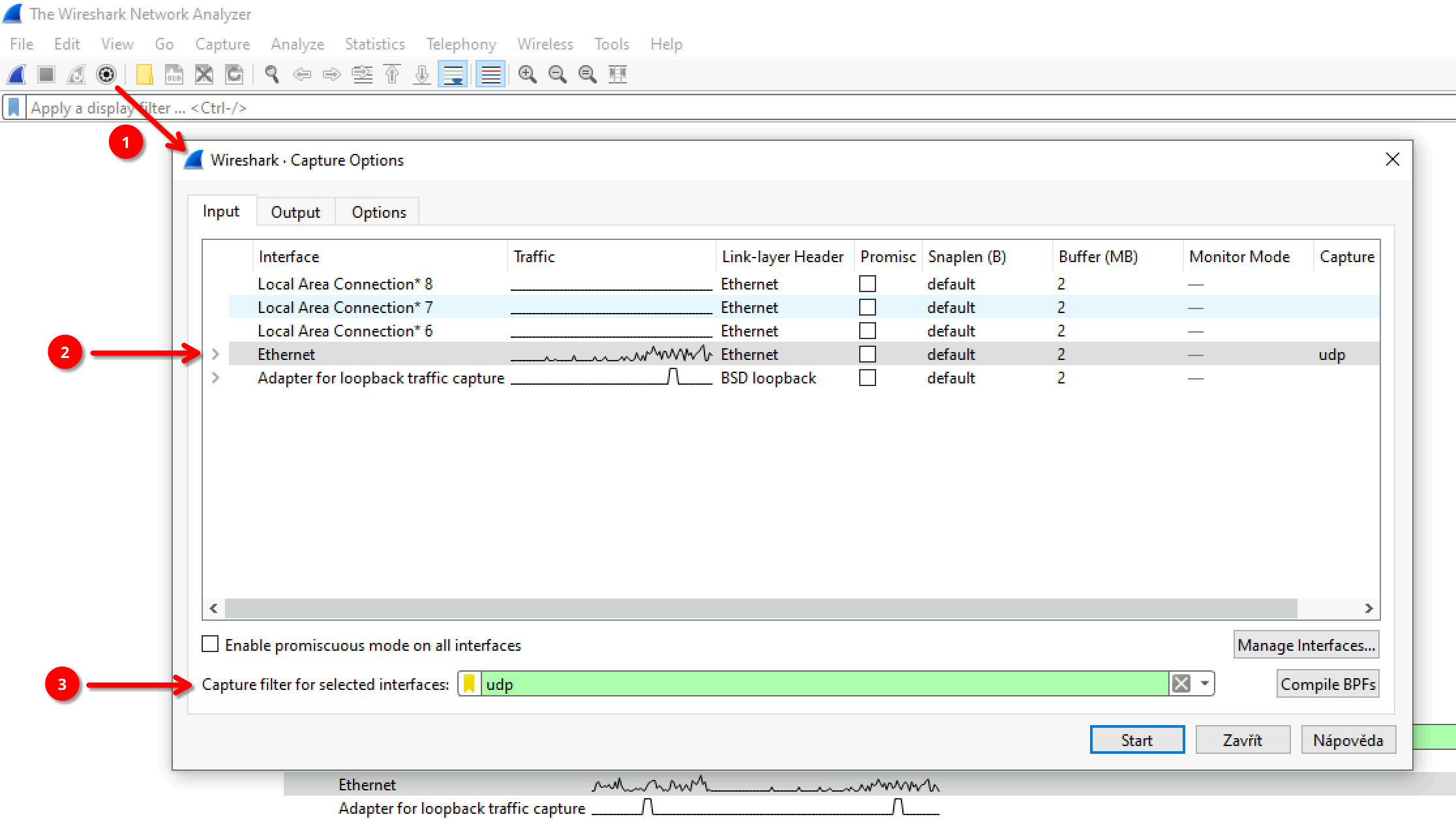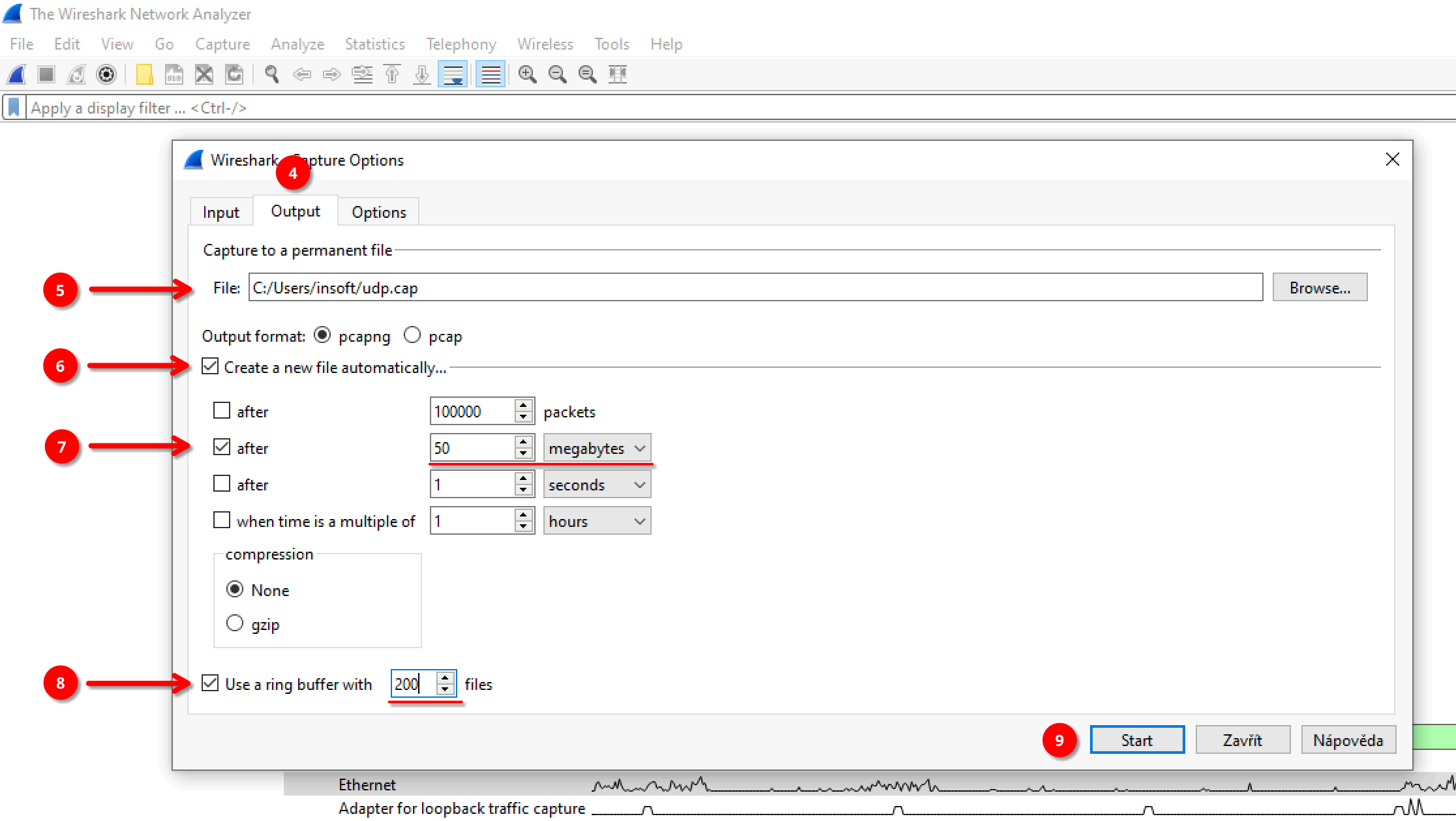Operator application - IT department
Installation
- Allow ports
- 443/tcp (HTTPS)
- 3478/udp (STUN/ICE)
- 10000-20000/udp (RTP)
- On firewalls, disable helpers and inspection of higher communication layers when communicating with UCS.
- Provide QoS for voice traffic (ToS EF or CoS 5) - UDP stream, 50 packets per second, 80 kbit (each way for one call).
- Set registries
- IntensiveWakeUpThrottlingEnabled 0
- BatterySaverModeAvailability 0 in Chrome, or for Edge EfficiencyMode 0
- AudioProcessHighPriorityEnabled 1
- AudioCaptureAllowed verify it's not in the registry with value 0 or add the UCS URL to [AudioCaptureAllowedUrls](https://chromeenterprise.google/policies /#AudioCaptureAllowedUrls)
- AutoplayAllowed 1, or add UCS URL to AutoplayAllowlist
- DefaultNotificationsSetting 1, or add the UCS URL to NotificationsAllowedForUrls
- Ensure sufficiently powerful computers with regard to additional applications and/or browser tabs that the user needs to complete the call. Min. 8 GB RAM (16 GB for Windows 11), CPU no older than 3 generations.
Troubleshooting
- The softphone does not work at all - the user does not have access to the microphone enabled in the browser.
- Softphone sometimes does not ring - too many open browser tabs, low RAM, IntensiveWakeUpThrottling is not turned off.
- If the voice drops out or there is poor quality audio in the call, then when reporting the problem, pass:
- User name, date and time of call, phone number of caller and called.
- Did the user work in an office or home office (use a VPN)?
- Did the user connect the laptop to a computer network or home router using a cable (not a WiFi connection)?
- Did the user have a laptop connected to the mains (the laptop was not powered by batteries)?
- Laptop manufacturer and type, RAM size, CPU model.
Introduction
The UCS operator application is a web application used by contact center operators. The application can control IP phones through the UCS server, or it can include a software phone. The application uses HTTPS (RFC 2818) and WebSockets (RFC 6455) for communication with the server. The softphone then uses WebRTC technology with the transmission of SIP messages via WebSocket (RFC 7118).
What needs to be ensured
For the smooth operation of the operator application, it is absolutely necessary to fulfill the following conditions.
Connectivity
- Maximum ping 80 ms (ideally within 20 ms).
- Maximum loss rate up to 1% (ideally 0%).
- Minimum speed 1 Mbit (ideally 10 Mbit).
Firewalls
- All communication is initiated by the web browser towards UCS, the following communication must be enabled:
- 80/tcp - HTTP (redirect to https)
- 443/tcp - HTTPS
- 3478/udp - STUN
- 10000 to 20000/udp - RTP (the range of ports can be modified in a specific installation, consult the settings in /etc/asterisk/rtp.conf on UCS)
- Minimum connection length of 60 seconds (connection tracking).
- Disable helpers and inspection of higher communication layers.
Proxies and Antivirus
- Create exceptions so that proxies and antivirus programs do not interfere in any way with the communication between the browser and UCS.
- Allow the browser to access audio devices and streams (each antivirus program has its own settings).
Browser
-
Ensure enough RAM to run the browser. The operator application (including the running softphone) requires 64 to 256 MB of memory according to the size of the call center and the number of widgets. We recommend at least 8 GB of RAM for Windows 10, and at least 16 GB of RAM for Windows 11 (keep in mind that call center operators usually need several applications to service client requests). Memory usage and processor by individual tabs within the browser can be displayed using the keyboard shortcut Shift+ESC.
-
Access to the operator application must be via the HTTPS protocol. The softphone will not work when using the HTTP protocol.
-
The operator application must not be opened in incognito mode. STUN support will stop working, which will cause a long call set-up (up to 15 seconds), and in extreme cases, even deaf calls (when passing through NAT/VPN).
Both HKLM (HKEY_LOCAL_MACHINE) and HKCU (HKEY_CURRENT_USER) can be used for settings
Sound subsystem error
If the message "Sound subsystem error. Please contact your IT department." is displayed, then something is blocking the browser from accessing the Windows sound subsystem.
-
It may be another audio application that requests exclusive access to the microphone.
-
Access to the microphone is blocked by an antivirus program (or another security application).
-
The problem may be in the Windows settings, it is necessary to check the sound settings for applications. Start → Settings → System → Sound → App and device volume preferences. If Chrome/Firefox/Edge is not in the menu, then you must press the reset button. Windows adds input/output for the browser.

Capturing WebRTC with Wireshark
If the voice quality deteriorates irregularly, then it is necessary to capture the network communication between operators' computers and the UCS server. The port mirroring function on the switch and computer is used with the network analyzer application Wireshark.
Don't forget to set the laptop that you will be using to capture the traffic to not sleep. Always keep it plugged into the power adapter so it doesn't go into sleep mode.
It is advisable to proceed according to the principle of halving the network path, i.e. first deploy Wireshark on switch do to which the operators' computers are connected, then before/behind the firewall, and finally before the virtualization platform in which the UCS server runs.
- Click the capture options icon.
- Select the interface through which the laptop with Wireshark is connected to the port to which the traffic from the operators' computers is mirrored.
- Enter "udp" in the capture fitr.

- Switch to the capture output tab.
- Select the path and name of the file in which the data will be saved (Wireshark will use it as the basis of the file name to which it will add a serial number and date with the time when writing to the given file began).
- Check that new files are to be created when any of the conditions below are met.
- Set the rotation after the file size reaches a certain size (eg 50 MB).
- Set what file history to keep (e.g. a maximum of 200 files, at 50 MB it takes up to 10 GB of disk space).
- Start the traffic capture.

